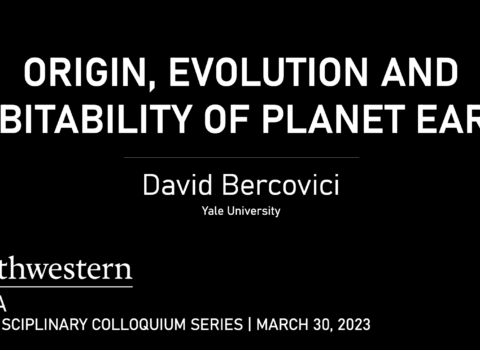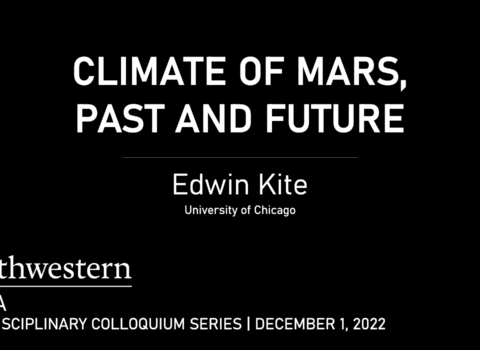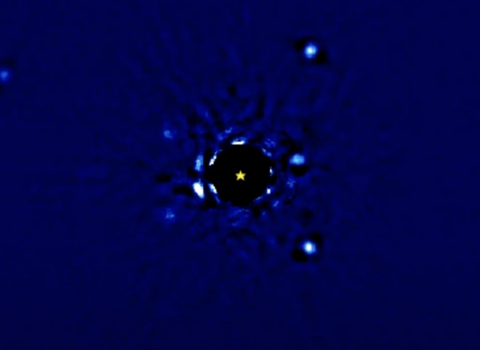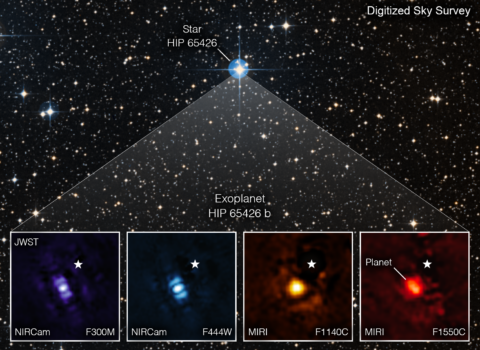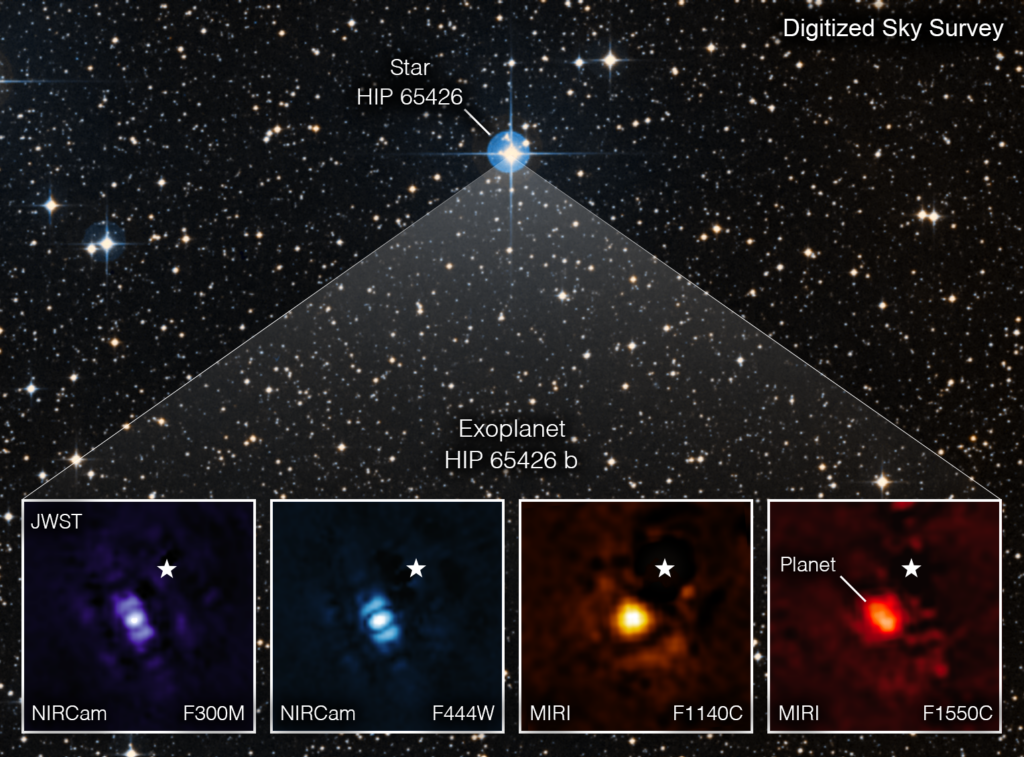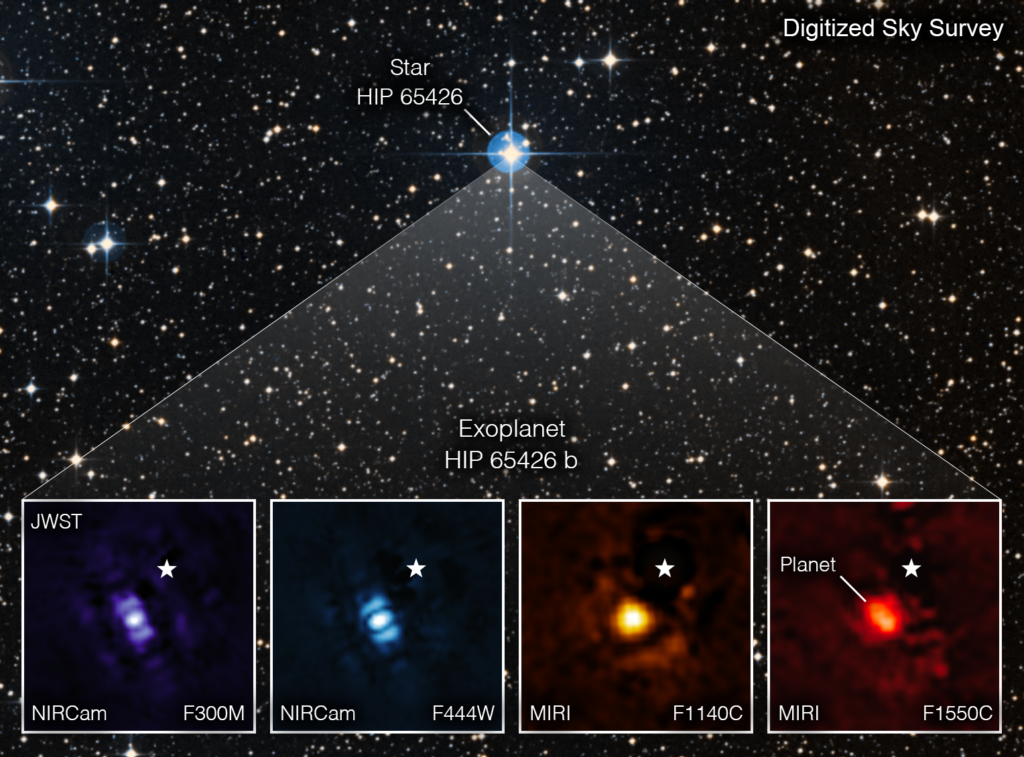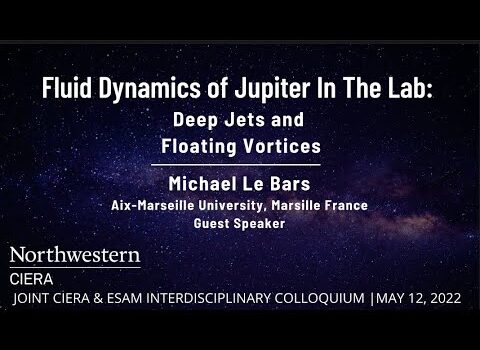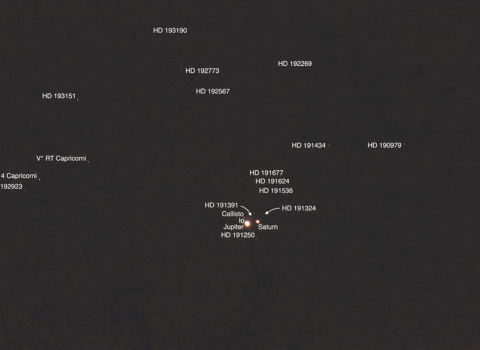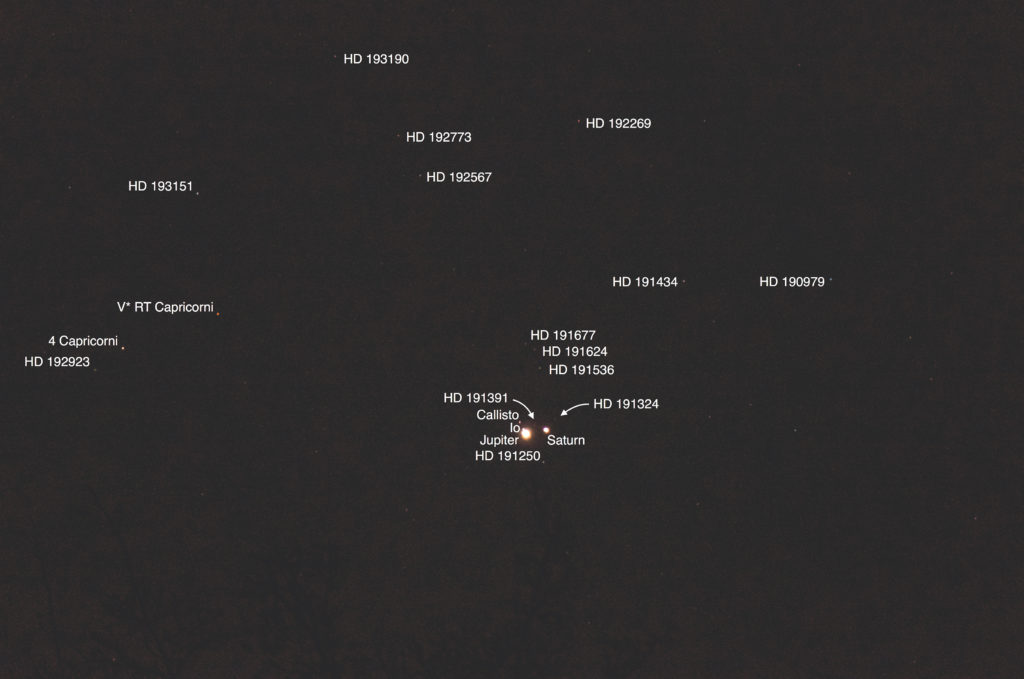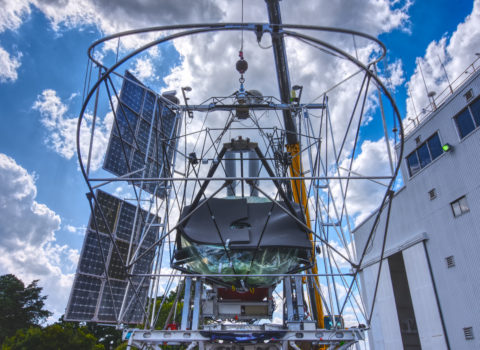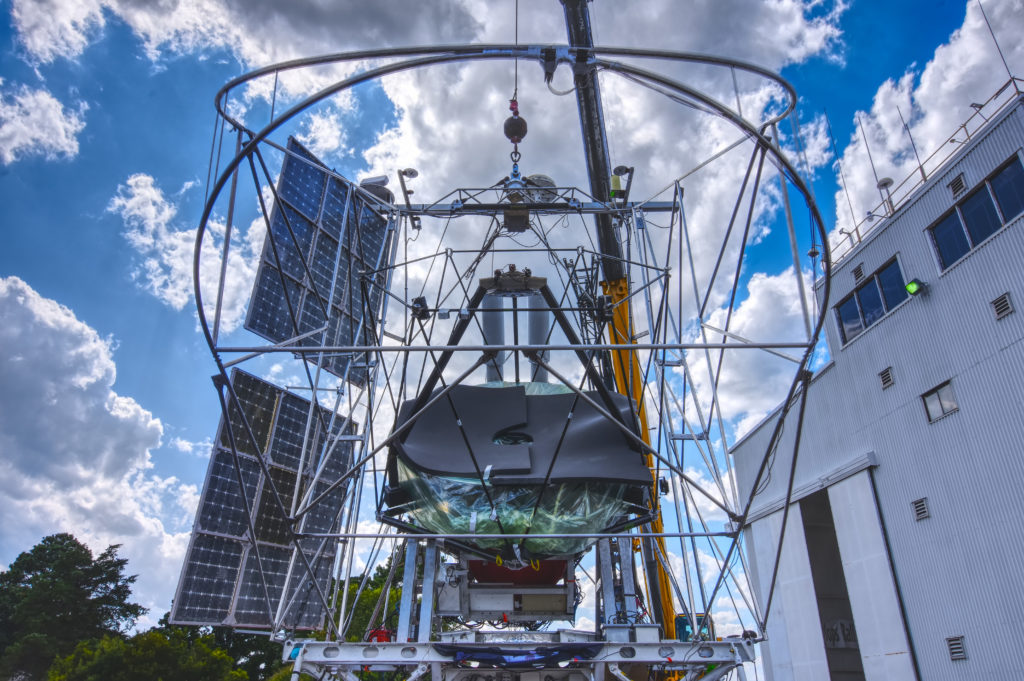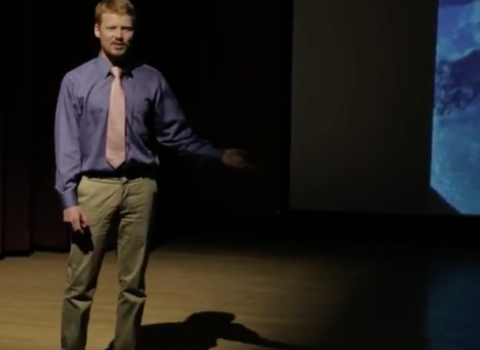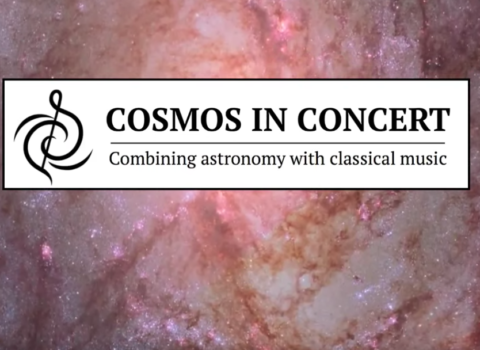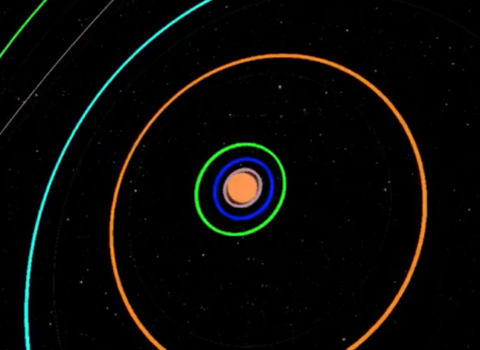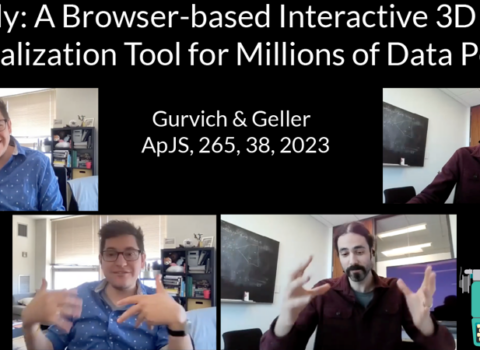
Aaron Geller and Alex Gurvich showcase Firefly on AAS Journal Author Series
Aaron Geller and Alex Gurvich showcase Firefly on AAS Journal Author Series
On May 27, 2023, CIERA Research Assistant Professor Aaron Geller and former NSF Graduate Fellow Alex Gurvich were featured on the American Astronomical Society (AAS) Journal Author Series to showcase Firefly, their new browser-based interactive tool for visualizing 3D particle data sets. Geller and Gurvich were interviewed by the AAS’s Frank Timmes. Read the full news story
- Event


